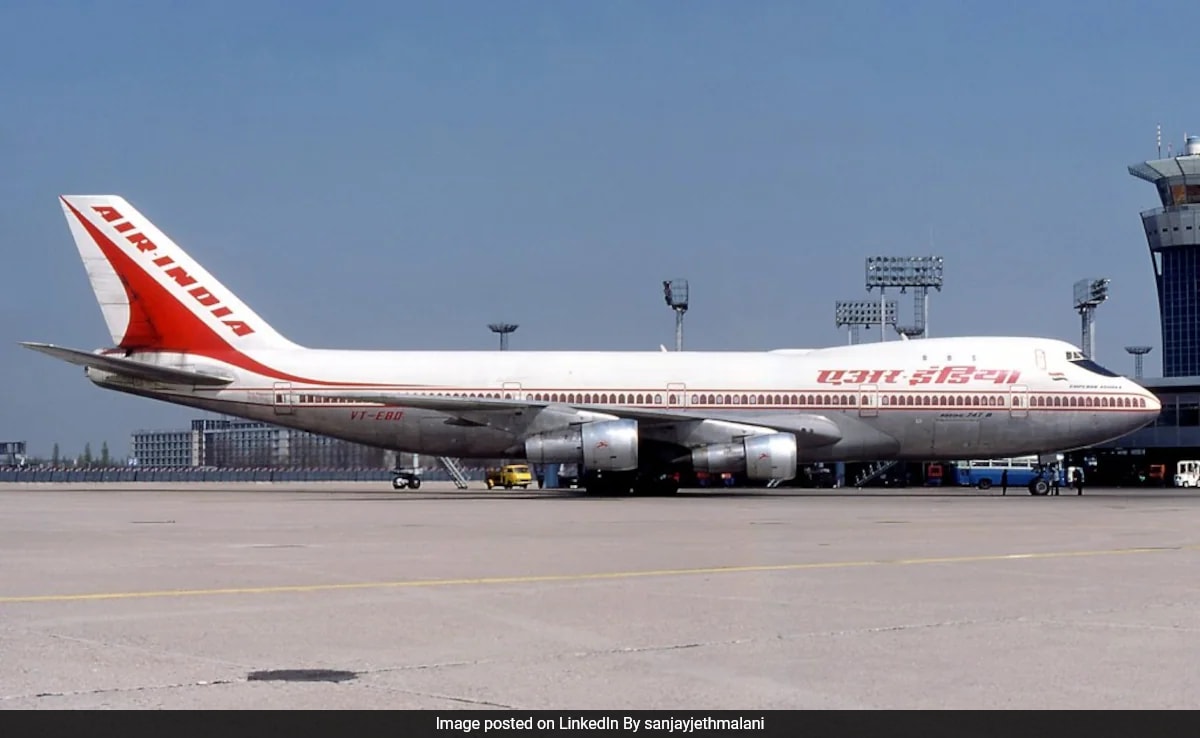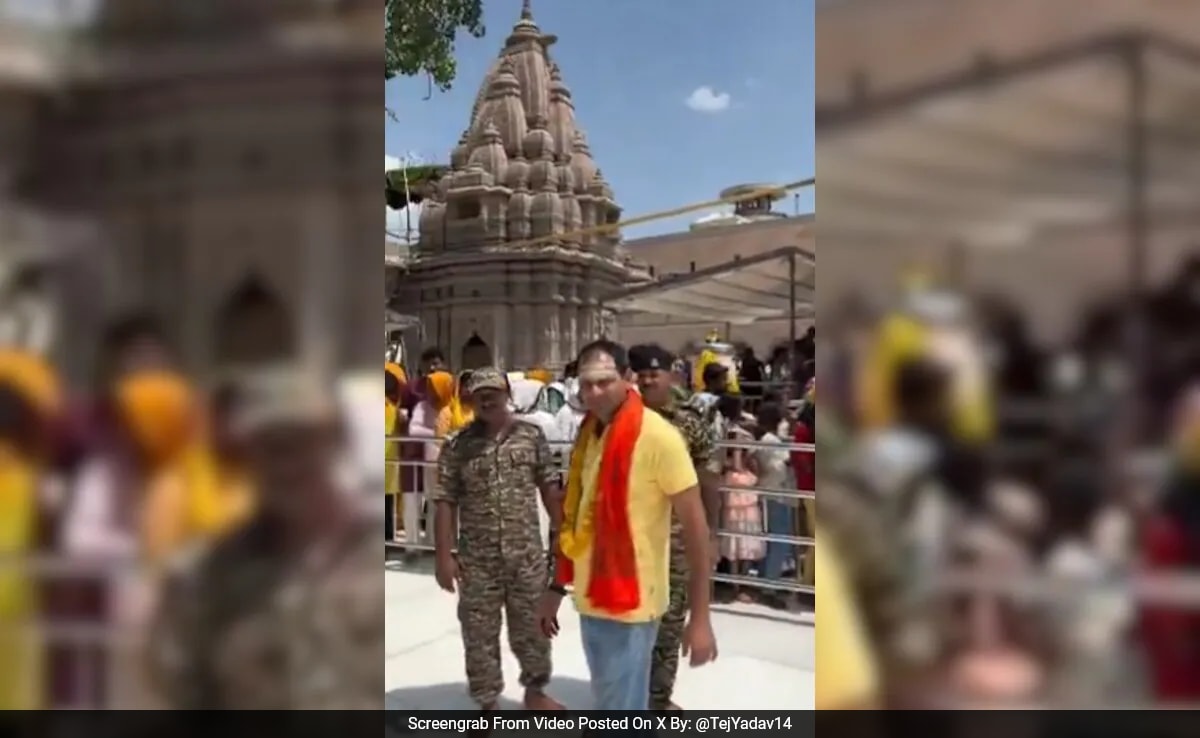The catastrophic crash of Air India flight AI 171, a Boeing 787-8 Dreamliner, into a residential area near Sardar Vallabhbhai Patel International Airport in Ahmedabad on Thursday bears a startling resemblance to the plunge of Air India flight AI 855, the Emperor Ashoka, into the Arabian Sea off Mumbai nearly five decades ago.
The Emperor Ashoka crash, 3 km off Mumbai, killed all 213 aboard. In both incidents, the aircraft crashed moments after departure.
The 1978 Disaster
On New Year’s Day, 1978, Air India flight AI 855, named Emperor Ashoka, Air India’s first Boeing 747, departed Santa Cruz International Airport (now Chhatrapati Shivaji Maharaj International Airport), Mumbai, bound for Dubai at 20:12 IST. The flight, carrying 190 passengers and 23 crew members, was delayed from its morning schedule due to a bird strike damaging a wing flap the previous day.
Approximately one minute after takeoff from Runway 27, having been cleared to climb to 8,000 feet, the aircraft entered a gentle right turn over the Arabian Sea. The Captain’s Attitude Director Indicator (ADI), the primary instrument displaying the aircraft’s pitch and bank attitude relative to the horizon, malfunctioned. It remained fixed, indicating a right bank, even as the wings levelled.
The Captain, 51-year-old Madan Lal Kukar, with nearly 18,000 flight hours, voiced immediate concern. The First Officer was Indu Virmani, 43, a former Indian Air Force commander with over 4,500 flight hours. Flight Engineer Alfredo Faria, 53, one of Air India’s most senior engineers with 11,000 hours, observed the discrepancy between the Captain’s ADI and the third, standby ADI.
With the aircraft now over the Arabian Sea at night, no visual horizon reference existed. Relying on his malfunctioning ADI which still showed a right bank, Captain Kukar applied left control inputs to correct the perceived right bank.
“My instruments,” the pilot said suddenly, according to the recorder recovered from the wreckage. “Mine is also toppled,” said the co-pilot. “No, but go by this, captain,” Flight Engineer Faria warned.
The warning went unheeded or was acted upon too late. The aircraft continued rolling left to an extreme bank angle of 108 degrees and entered a steep, approximately 35-40 degree nose-down descent from around 2,000 feet. It impacted shallow water, only 10 metres deep, approximately 3 kilometres offshore. All 213 on board died.
According to a 1982 New York Times report, the official investigation concluded the probable cause was: “Irrational control wheel inputs given by the captain following complete unawareness of the attitude of the aircraft on his part after his ADI. had malfunctioned.”
The Ahmedabad Incident
Forty-seven years later, in the afternoon of June 12, Air India flight AI 171, a Boeing 787-8 Dreamliner, crashed within seconds of takeoff from Ahmedabad’s Sardar Vallabhbhai Patel International Airport. Like AI 855, it plunged near the airport, this time into a residential area.
Veteran pilot Captain Rakesh Rai who flew the same type of Dreamliner for Air India until last year, speaking exclusively to NDTV, noted the aircraft’s undercarriage remained extended throughout its short, doomed flight. “His [pilot’s] rate of rotation and the way he has climbed up is very normal. But something has gone wrong towards maybe an altitude of 400 to 500 feet. And the momentum has taken the aircraft to about 600 feet. At this point, the most surprising aspect of this take-off is that the undercarriage has not been retracted,” he said.
Captain Rai outlined several plausible scenarios.
“What happens in a normal take-off is that the moment you start rotating the aircraft for take-off and the aircraft has left the ground, the instruments indicate a positive rate of climb. So, the co-pilot or the pilot monitoring gives a call, ‘positive rate’. The pilot flying cross-checks that there has been a positive rate and he gives a call, ‘gear up’ for the landing gear to be retracted,” he said.
“But here, what you see is the undercarriage has not been retracted at all. So that raises a lot of questions as to what could be the reason behind the undercarriage not being retracted. We can only speculate. The actual reason behind that will come out only in the DFDR 9black box),” the veteran pilot told NDTV.
At least 274 people have died as a result of the Ahmedabad crash, including 241 out of 242 on board.




